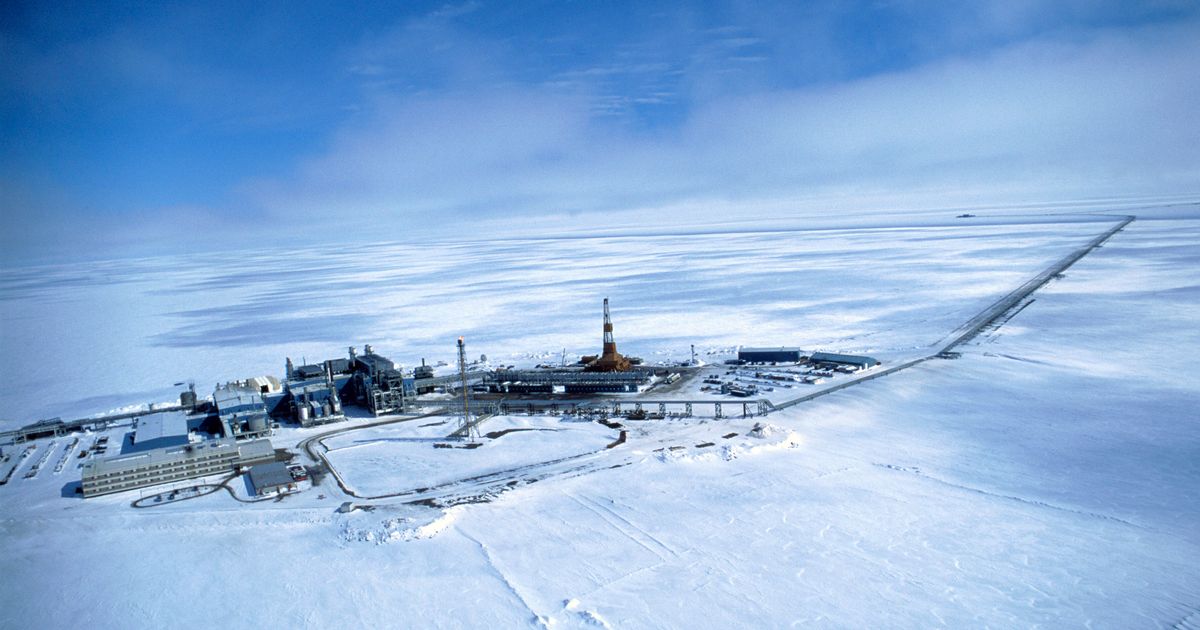Key takeaways:
- The Willow Project is a controversial oil drilling project in Alaska’s National Petroleum Reserve, led by oil giant ConocoPhillips.
- The project is expected to produce up to 590 million barrels of oil over its 30-year duration, and could produce nearly a quarter of a billion metric tons of carbon dioxide emissions.
- The project is expected to create jobs and economic opportunities in the region, but has been met with criticism from environmental groups.
The Biden administration has approved a controversial oil drilling project in Alaska’s National Petroleum Reserve, a move that has sparked criticism from environmental groups. The project, known as the Willow Project, is led by oil giant ConocoPhillips and is expected to produce up to 590 million barrels of oil over its 30-year duration.
The project will be located inside the National Petroleum Reserve, about 200 miles north of the Arctic Circle. The Interior Department noted that it reduced the scope of the plan by denying two of the five drill sites proposed by ConocoPhillips, Alaska’s largest crude oil producer. However, the environmental group Earthjustice noted that Monday’s decision still allows for the company to access 92% of the oil initially targeted.
The Interior Department estimated that the project could produce nearly a quarter of a billion metric tons of carbon dioxide emissions. This is at odds with President Joe Biden’s pledge to transition the U.S. away from planet-warming fossil fuels.
The Willow Project is the largest expanse of untouched land to be opened to energy production. It is expected to create jobs and economic opportunities in the region, but it has been met with criticism from environmental groups who are concerned about its potential impacts on the environment.
The Biden administration has yet to comment on the project, but it is expected to be closely monitored by environmental groups and the public.



Be First to Comment